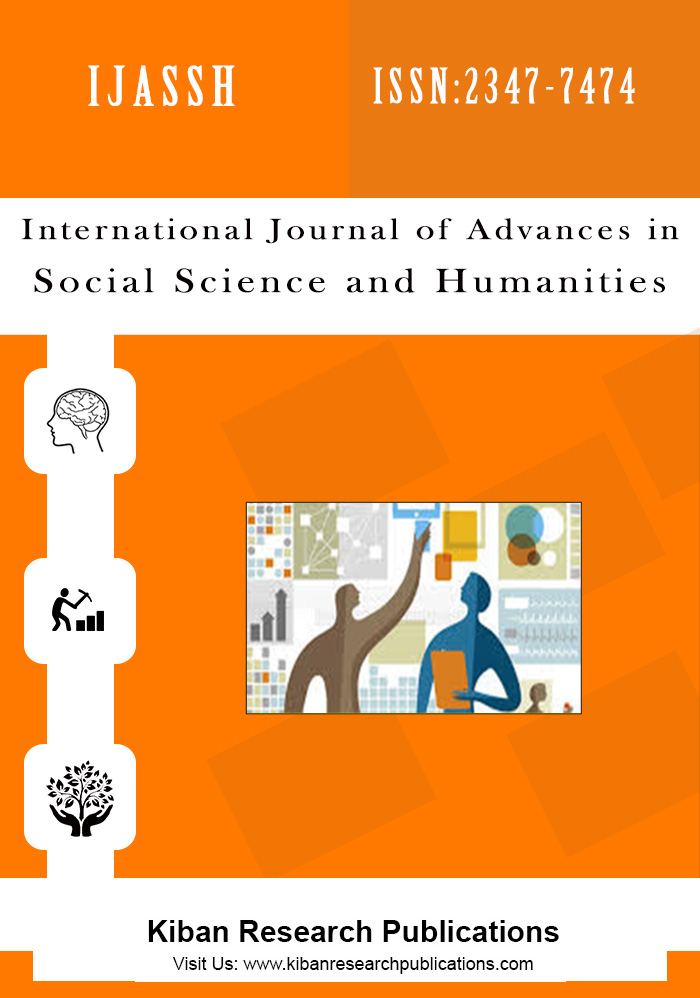Elected Tribal Women Representatives in Panchayati Raj Institutions in Karnataka: A Study of Mysore District
Abstract
Tribal women play the significance role in every society of that particular composition of population. India has one of the largest tribal concentrations in the world. Prior to the adoption of Indian constitution the tribes were variously termed as aboriginals, adivasis, forest tribes, hill tribes, primitive tribes etc. Up to 1919, the tribes were included under the head of depressed classes, the Indian Franchise Committee in 1919 accorded a separate nomenclature for the census reports in 1931 primitive tribes; 1941 tribes and 1951 scheduled tribes.In most cases except for a few exceptions like Parha (village heads) system, the posts of the village heads were hereditary. Thus they belong to a particular tribe. In the modern Panchayat System the people directly elect the Panchayat functionaries and this is seen to be more progressive while also standing the test of the Constitution of India. The women were seldom involved in the decision-making process under the traditional system. In most cases women can‟t head the village or inter-village organizations. This paper concentrated on the main objectives of to identify the decision making in PRIs, to study that where women are enjoying their roles and responsibilities and to identify the problems faced by tribal women elected representatives of the PRIs.
Â
Keywords: Tribal women, Panchayati Raj Institution, Political participation and decision making.




